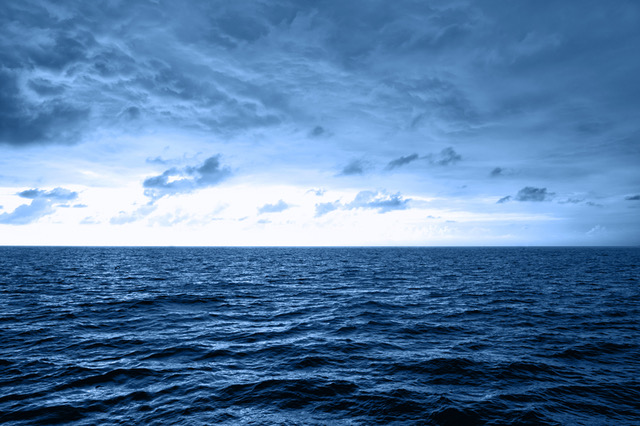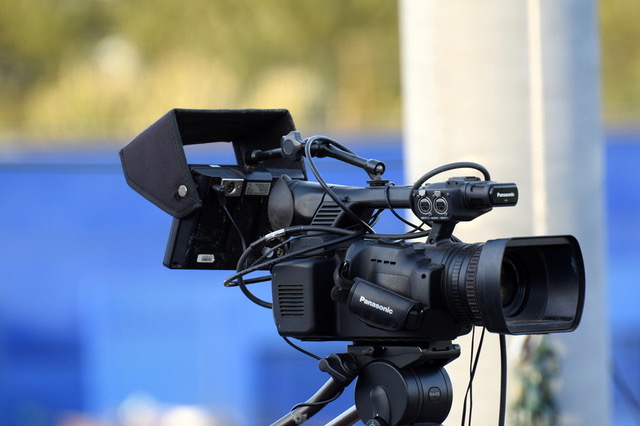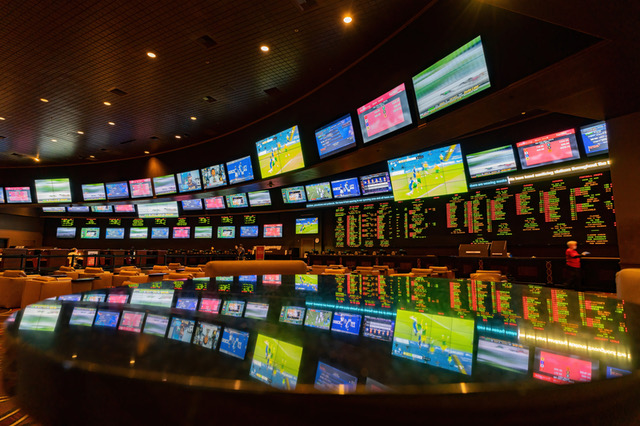
-
 Cilic sends fourth seed Draper crashing out of Wimbledon
Cilic sends fourth seed Draper crashing out of Wimbledon
-
Trump wins major victory as flagship bill passes Congress

-
 UN expert says firms 'profiting' from 'genocide' of Palestinians
UN expert says firms 'profiting' from 'genocide' of Palestinians
-
South American bloc looks to Asia, Europe in face of Trump trade war

-
 Netanyahu vows to bring all Gaza hostages home
Netanyahu vows to bring all Gaza hostages home
-
Footballers play with Franco head at Spain art festival

-
 Italy squeeze past Belgium at Euro 2025 as grieving Portugal await Spain
Italy squeeze past Belgium at Euro 2025 as grieving Portugal await Spain
-
England in Deep trouble after India captain Gill's superb double century

-
 Two dead as wildfires rage near Turkish resort of Izmir
Two dead as wildfires rage near Turkish resort of Izmir
-
Jota 'will never be forgotten', says heartbroken Slot

-
 Putin told Trump will not 'give up' aims in Ukraine: Kremlin
Putin told Trump will not 'give up' aims in Ukraine: Kremlin
-
Verstappen refuses to be drawn on future ahead of British GP

-
 Swiatek survives scare to reach Wimbledon third round
Swiatek survives scare to reach Wimbledon third round
-
Roman bigfoot? UK archaeologists probe 'unusually large' shoes

-
 Djokovic denies Wimbledon celebration is politically motivated
Djokovic denies Wimbledon celebration is politically motivated
-
Thousands evacuated as Greek, Turkish wildfires rage

-
 Australian top order wobbles once more against West Indies quicks
Australian top order wobbles once more against West Indies quicks
-
Gaza civil defence says Israeli forces kill 69 people

-
 Defending champion Krejcikova battles into Wimbledon third round
Defending champion Krejcikova battles into Wimbledon third round
-
Refuge at risk: Mexican drug rehab centers in cartels' crosshairs

-
 Hidden gem: Angola opens up to tourists in a pivot from oil
Hidden gem: Angola opens up to tourists in a pivot from oil
-
'Doubts' over US support boost need for EU cooperation, Zelensky says

-
 US Supreme Court to weigh transgender athlete bans
US Supreme Court to weigh transgender athlete bans
-
Russell shrugs off reports, expects to sign new F1 deal within weeks

-
 Girmay has golden dream for Africa at Tour de France
Girmay has golden dream for Africa at Tour de France
-
US trade deficit widens in May as Trump tariffs fuel uncertainty

-
 Joy riders give Paris bike share system a flat
Joy riders give Paris bike share system a flat
-
Hollywood star Reeves in driving seat for Cadillac series

-
 India captain Gill piles on the runs against England with maiden Test double century
India captain Gill piles on the runs against England with maiden Test double century
-
Djokovic routs Evans to step up history bid at Wimbledon

-
 Mali junta chief granted renewable presidential mandate
Mali junta chief granted renewable presidential mandate
-
Zverev revelations spark Wimbledon discussion about mental health

-
 Record-chasing Djokovic crushes Evans to reach Wimbledon third round
Record-chasing Djokovic crushes Evans to reach Wimbledon third round
-
Europe court says France allowed to fine president portrait snatchers

-
 Modi pushes further India-Africa cooperation on Ghana visit
Modi pushes further India-Africa cooperation on Ghana visit
-
India captain Gill piles on the runs against England with second Test double century

-
 Monaco's Pogba 'dreams' of returning to France squad
Monaco's Pogba 'dreams' of returning to France squad
-
New Delhi says fuel ban on old vehicles not feasible

-
 Europe must 'step up' as US halts some arms to Ukraine, EU chief says
Europe must 'step up' as US halts some arms to Ukraine, EU chief says
-
Trump close to victory on flagship tax bill

-
 US hiring beats expectations in June despite tariff worries
US hiring beats expectations in June despite tariff worries
-
Klopp 'heartbroken' by Diogo Jota's death

-
 Ten years after Brazil mine disaster, pollution persists
Ten years after Brazil mine disaster, pollution persists
-
Diogo Jota: 'exceptional player, exceptional boy'

-
 US House close to final vote on Trump tax bill
US House close to final vote on Trump tax bill
-
India captain Gill piles on the runs against England in second Test

-
 France fines Shein 40 mn euros over 'deceptive' sales practices
France fines Shein 40 mn euros over 'deceptive' sales practices
-
5 dead, 29 missing after ferry sinks on way to Indonesia's Bali

-
 Liverpool football star Diogo Jota dies in car crash in Spain
Liverpool football star Diogo Jota dies in car crash in Spain
-
'We will all miss you': Cristiano Ronaldo on Diogo Jota's death


NASA to unveil new Webb image on telescope's first anniversary
NASA is set Wednesday to unveil a new image from the James Webb Space Telescope a year after it first stunned the world with breathtaking views of the distant cosmos.
Webb, the most powerful observatory in orbit, was launched in December 2021 from French Guiana, on a million mile (1.6 million kilometer) voyage to a region called the second Lagrange point.
Its first full color picture was revealed by President Joe Biden on July 11, 2022: the clearest view yet of the early universe, going back 13 billion years.
The next wave included "mountains" and "valleys" of a star-forming region, dubbed the Cosmic Cliffs, in a region of space called the Carina Nebula; and a grouping of five galaxies bound in a celestial dance, called Stephan's Quintet.
NASA has remained coy about the nature of Wednesday's release, which will be made available on its website at 6:00 am Eastern Time (1000 GMT).
Webb boasts a primary mirror measuring more than 21 feet (6.5 meters) that is made up of 18 hexagonal, gold-coated segments, as well as a five-layer sunshield the size of a tennis court.
Unlike its predecessor Hubble, it operates primarily in the infrared spectrum, allowing it to look back nearer towards the start of time, and to better penetrate dust clouds where stars and planetary systems are being formed today.
Key discoveries include some of the earliest galaxies formed a few hundred million years after the Big Bang, finding carbon dioxide in the atmosphere of a planet outside our solar system, and, in our own neck of the woods, stunning new views of the planet Jupiter.
Webb has enough fuel for a 20-year-long mission, promising a new era of astronomy.
It will soon be joined in its orbit by Europe's Euclid space telescope, which launched on July 1 on a mission to shed light on two of the universe's greatest mysteries: dark energy and dark matter.
O.Norris--AMWN